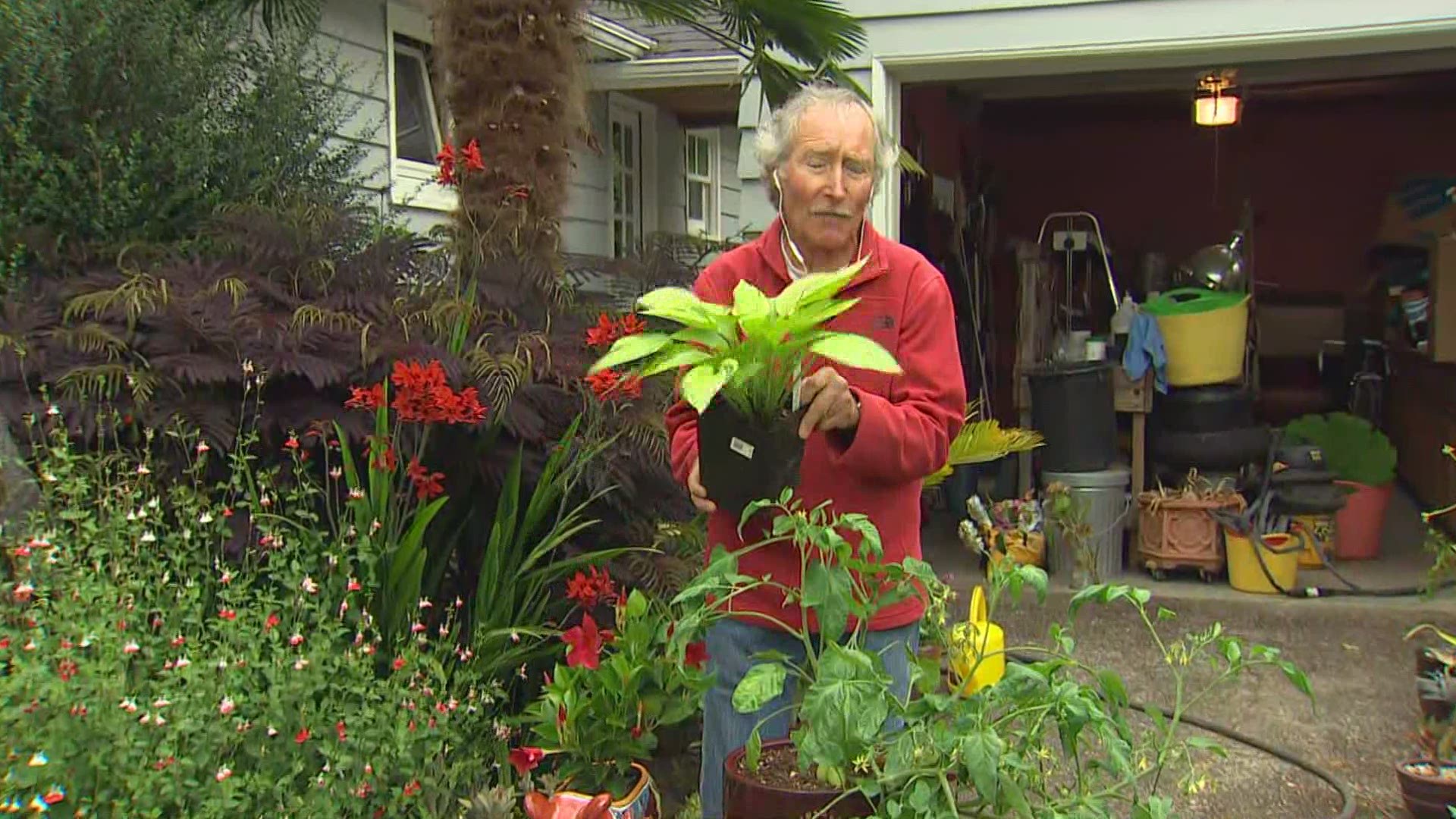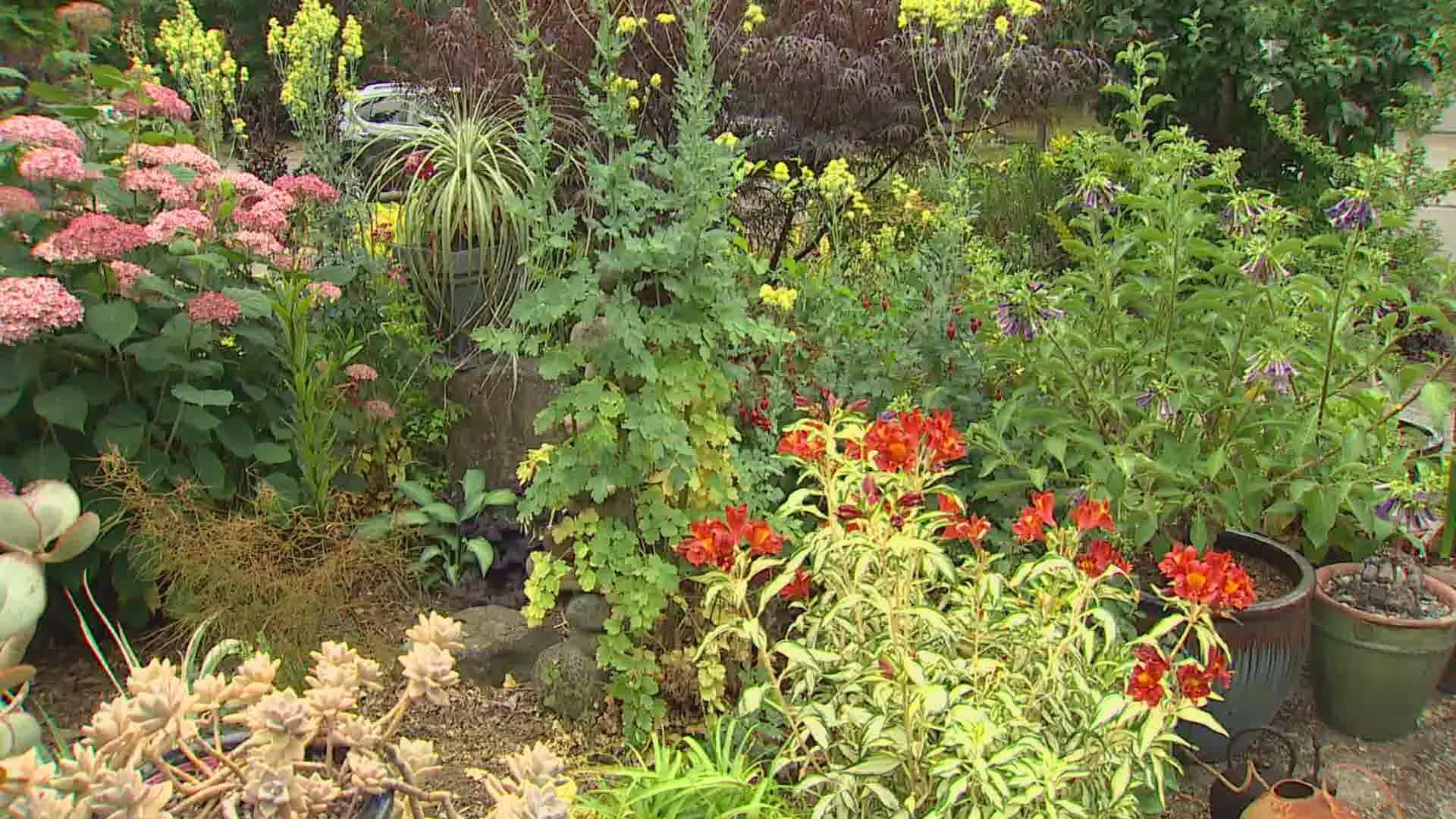After the historic heat wave that sent temperatures into the triple digits in western Washington, your yard might need a little extra love.
Gardening expert Ciscoe Morris is joining KING 5 this week to share advice on how to help plants that have suffered in the sun.
Water early and often
Ciscoe says make sure your plants are getting adequate water, especially when temperatures are unseasonably warm. He says to water your plants early in the morning and water deeply, so that the water drains from the bottom of containers.
Provide shade for damaged plants
Ciscoe says if you have a plant that ended up directly in the sun and was damaged from the heat wave, it may not be a lost cause.
When fall rolls around, Ciscoe suggests moving it to a more shaded area. Until then, you can place an umbrella over the plant to give it extra shade to potentially help it recover.
Ciscoe says shade and water can make a big difference for ailing plants. Another tip from Ciscoe: Don't pull off all the damaged petals or leaves because they'll protect the rest of the plant in extreme heat.
When a plant can't be recovered
While some plants may be able to recover from the record-setting heat, others may not make it, so how do you know when to call it quits?
Ciscoe recommends you use the scratch test. All you have to do is scrape the top layer of a plant's stem and what you find inside could help determine whether to keep the plant or toss it.
"If that's bright green that plant is gonna leaf back out and survive. If that plant was brown in there, goodbye Charlie!" explained Ciscoe.
If you really loved the plant, Ciscoe says there's one more thing you can try -- cut the plant down to the ground and then give it a couple weeks or so to see if there's any new growth.
Ciscoe says, you never know, a plant may come back from its roots.


